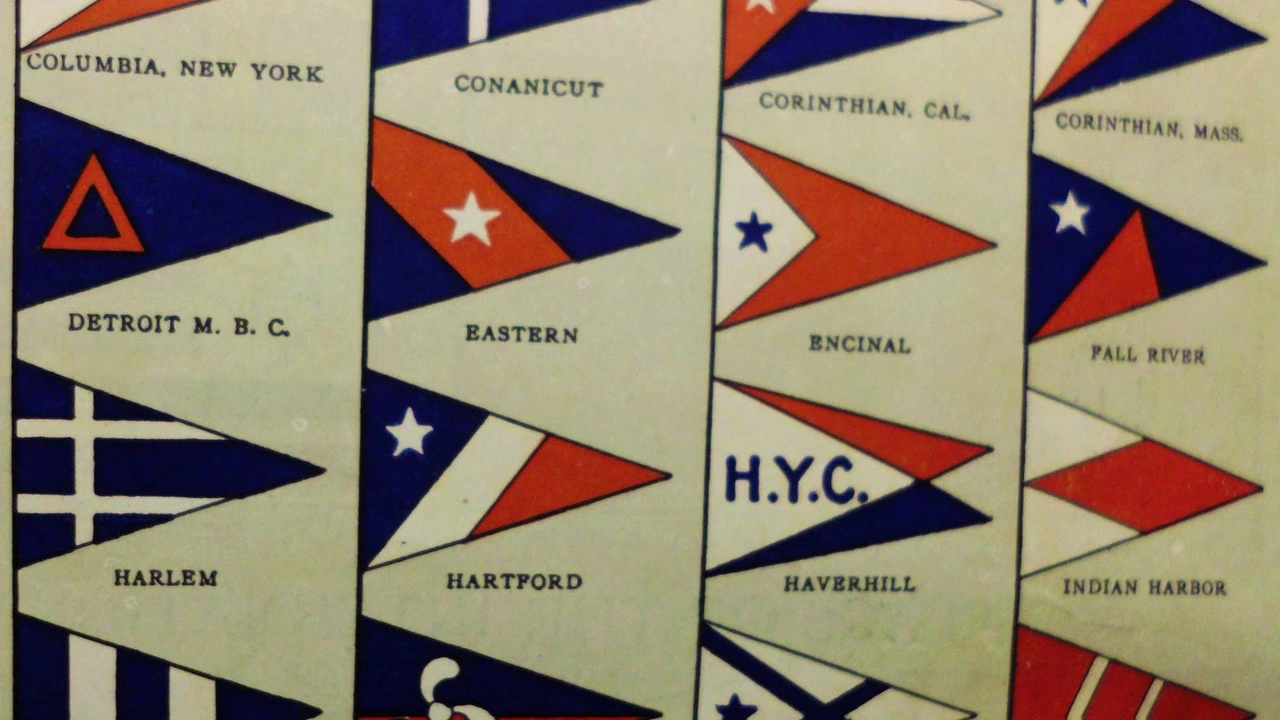Sailing Terminology Explained – Quick Guide
Ever felt lost when someone mentions a "tack" or a "spinnaker"? You’re not alone. Sailing has its own language, and learning a few key words makes the water feel a lot more friendly. Below you’ll find the terms you hear on the dock, on the water, and in the forums, broken down so you can start using them without a dictionary.
Why bother with jargon? Because knowing the right word helps you communicate, stay safe, and enjoy the sport faster. When the crew shouts “!helm!” you’ll know they need you at the wheel, not that they’re just excited. Think of terminology as the shortcut that lets experienced sailors and beginners speak the same language.
Everyday Sailing Words You Should Know
Port and starboard are the left and right sides of a boat when you’re facing forward. It’s easy to mix them up, but a quick trick is to remember “Port = left, often where you dock (port)”.
Tack has two meanings: the direction the boat is sailing relative to the wind (upwind) and the act of changing direction by turning the bow through the wind. When you hear “we’re on a close haul, tack now,” it means shift the boat to catch the wind on the opposite side.
Jibe (or gybe) is the downwind counterpart – you turn the stern through the wind. It’s a fast move, so a proper crew callout can prevent capsizing.
Heeling describes the boat tilting under wind pressure. A little heel means the sails are working; too much signals you need to ease the sheet or reef the sail.
Sheet refers to the line that controls a sail’s angle. When you “trim the sheet,” you’re adjusting the sail for optimal speed.
Advanced Nautical Terms Made Simple
Keel is the weighted fin under the hull that provides stability. A deep keel keeps you upright, while a shallow one lets you sail in shallower waters.
Foil (or hydrofoil) is a wing‑like structure below the hull that lifts the boat out of the water at speed, reducing drag. Foiling yachts can slice through waves at blistering speeds.
Leeward is the side away from the wind; windward is the side the wind hits first. Knowing which side is leeward helps you set the sail for maximum lift.
Reef means reducing sail area in strong winds. Most modern sails have reef points you can lower quickly, keeping the boat manageable.
Bobstay is a short, sturdy line from the boom to the mast, preventing the boom from jumping up when the sail is eased. It’s a safety line you rarely think about until you need it.
Now that you’ve got the basics, try using a couple of these words on your next outing. Ask a seasoned sailor to explain a term you’re unsure about – most will love the chance to share their knowledge. The more you talk the language, the more confident you’ll feel on the water.
Remember, terminology isn’t about showing off; it’s about safety, efficiency, and enjoying the sport with others. Keep this guide handy, refer back when a new term pops up, and soon the sailing lingo will feel second nature.
What is a yacht club flag called?
In the world of maritime tradition, the flag that you'll often see flying high at a yacht club is known as a burgee. It's not just a decoration, but an emblem of identity that signifies the club's unique heritage and prestige. Each burgee is distinctive, with designs and colors unique to the particular yacht club it represents. It's more than a flag, it's a symbol of camaraderie and unity among sea enthusiasts. So next time you see one, remember, it's not just a flag, it's a burgee - a proud badge of a yacht club!
View more